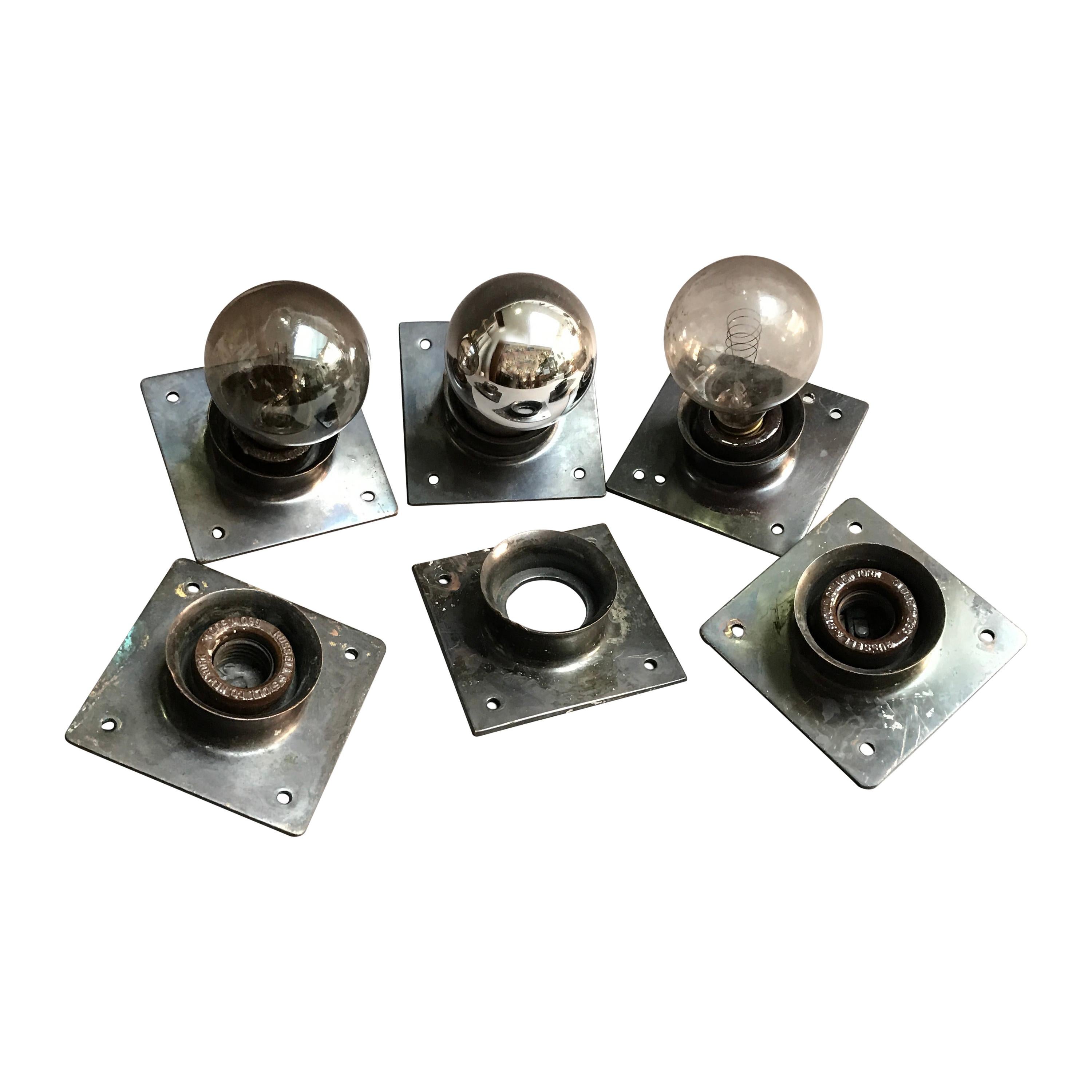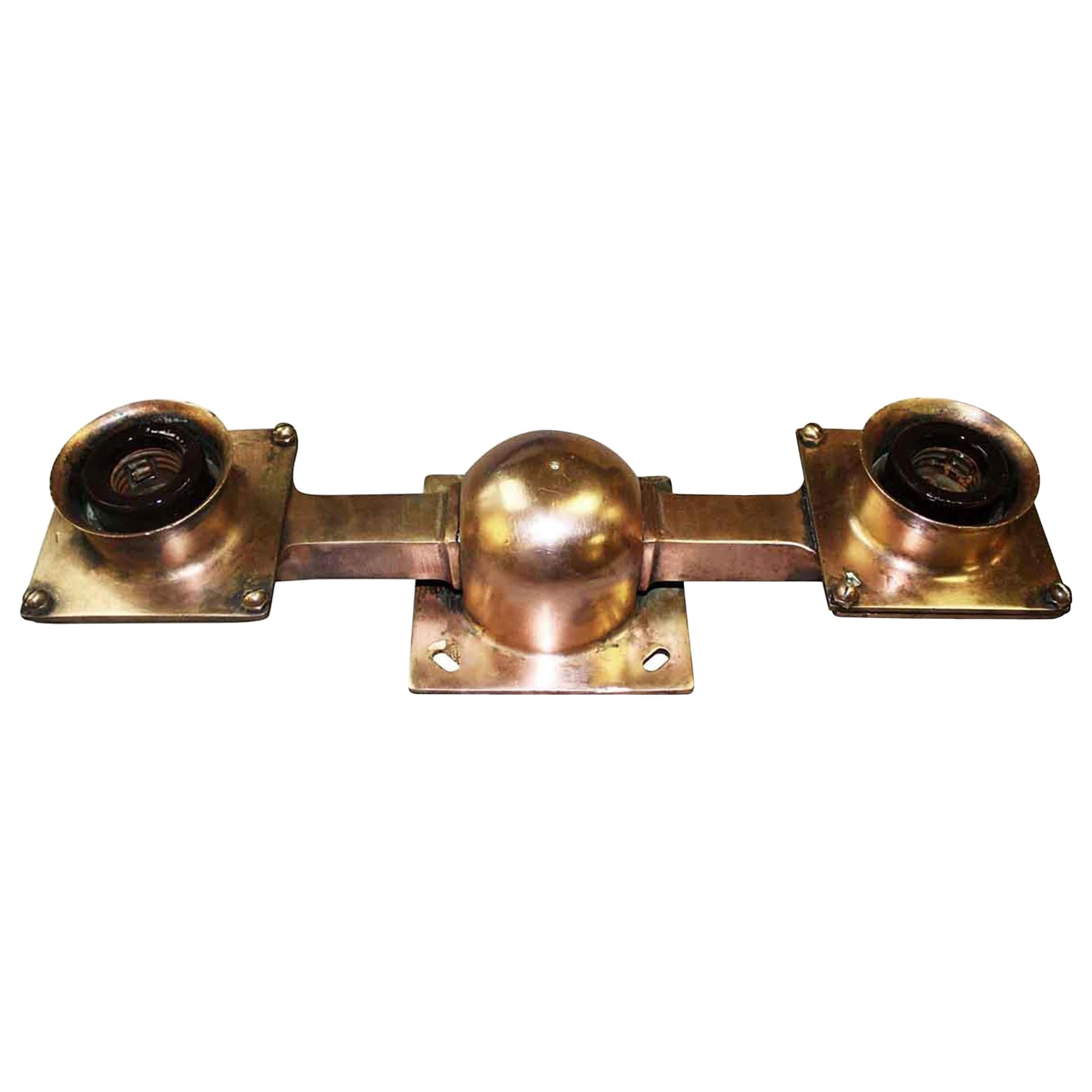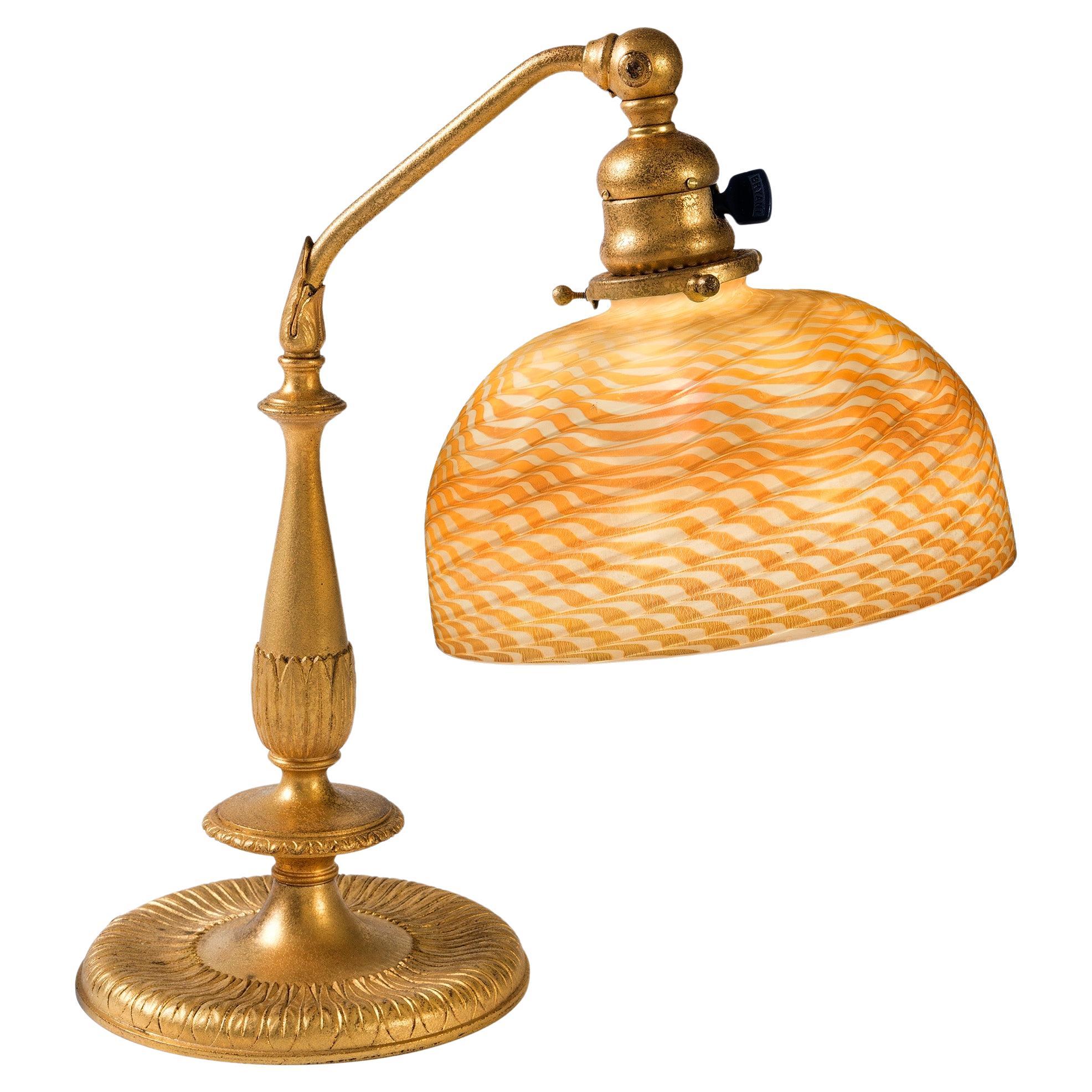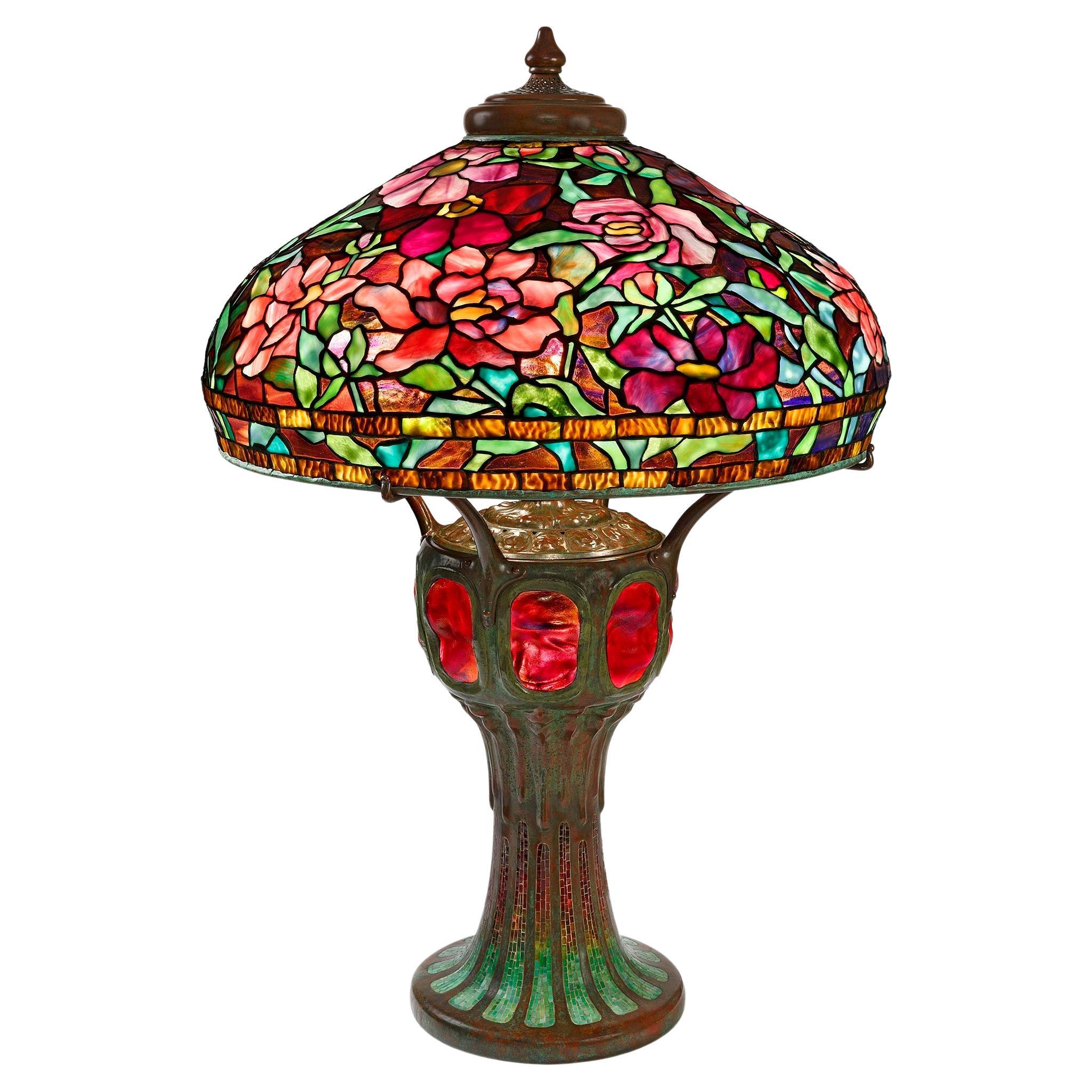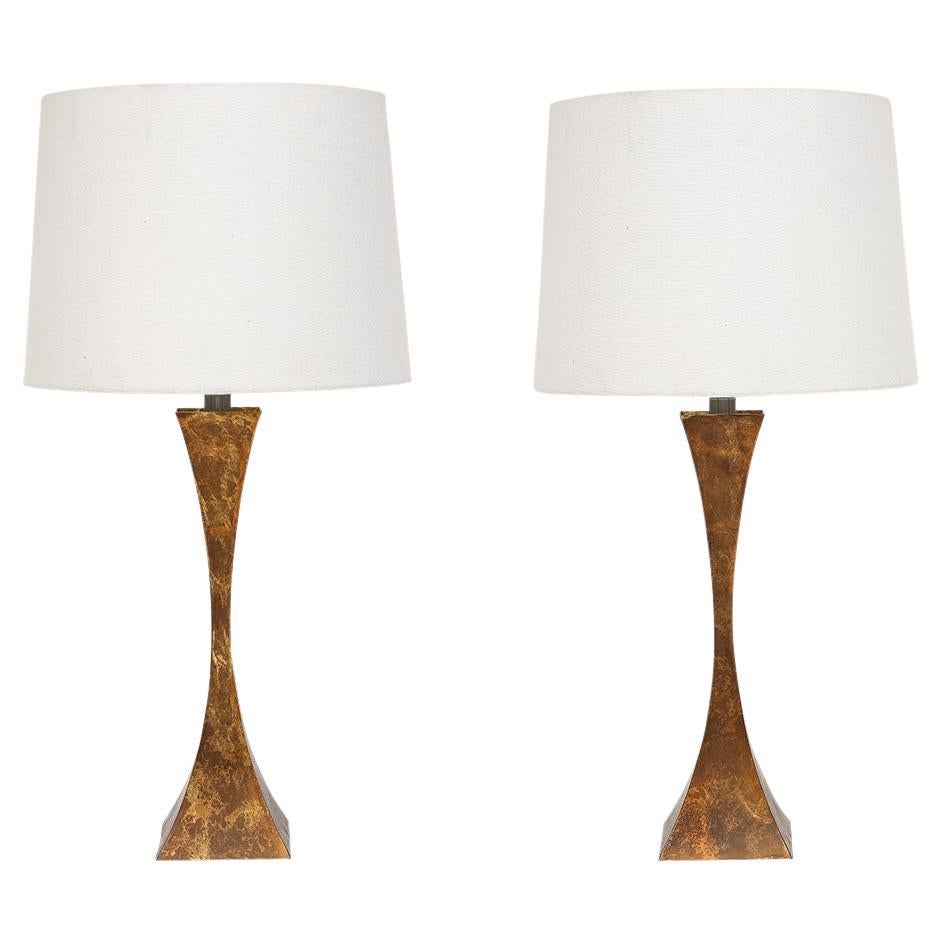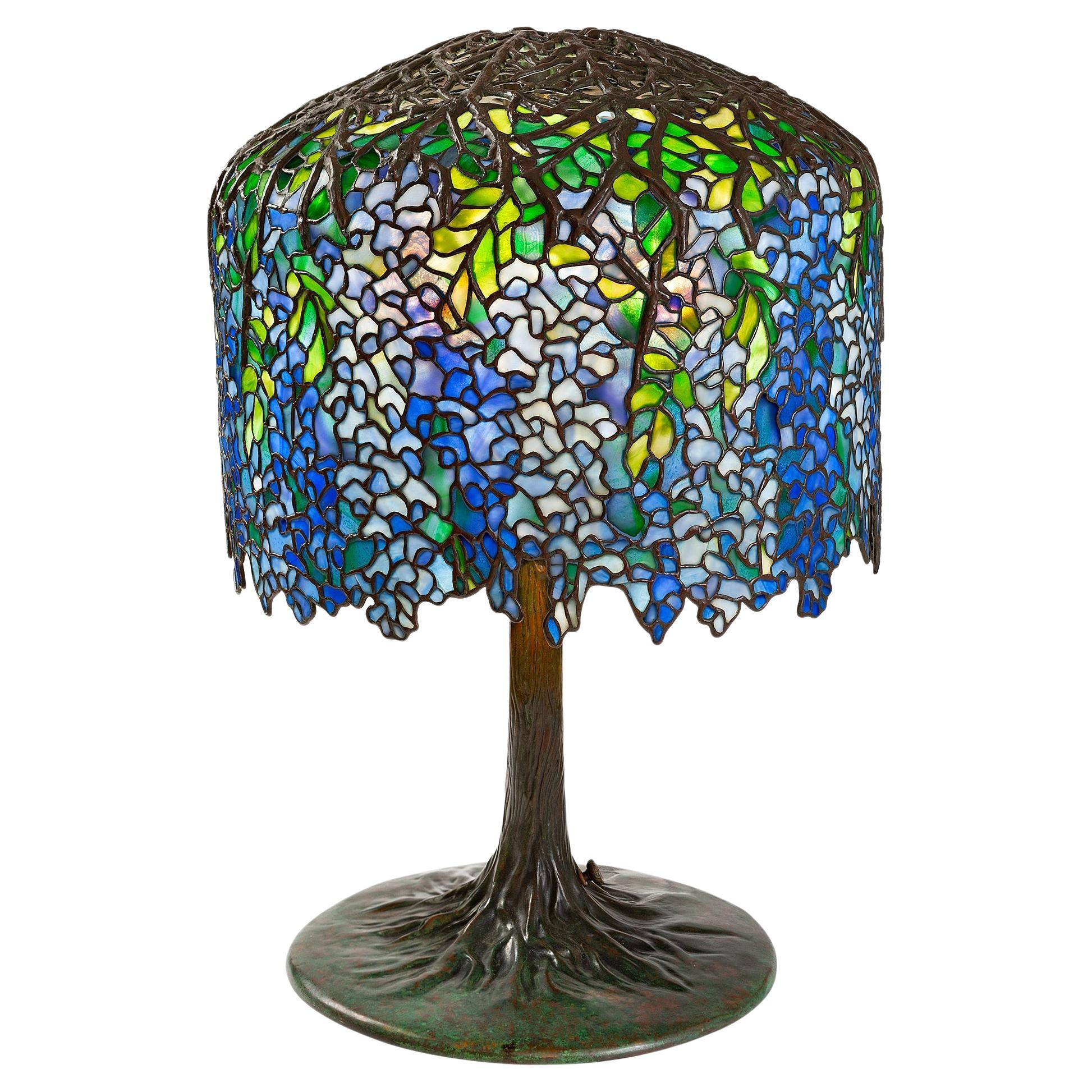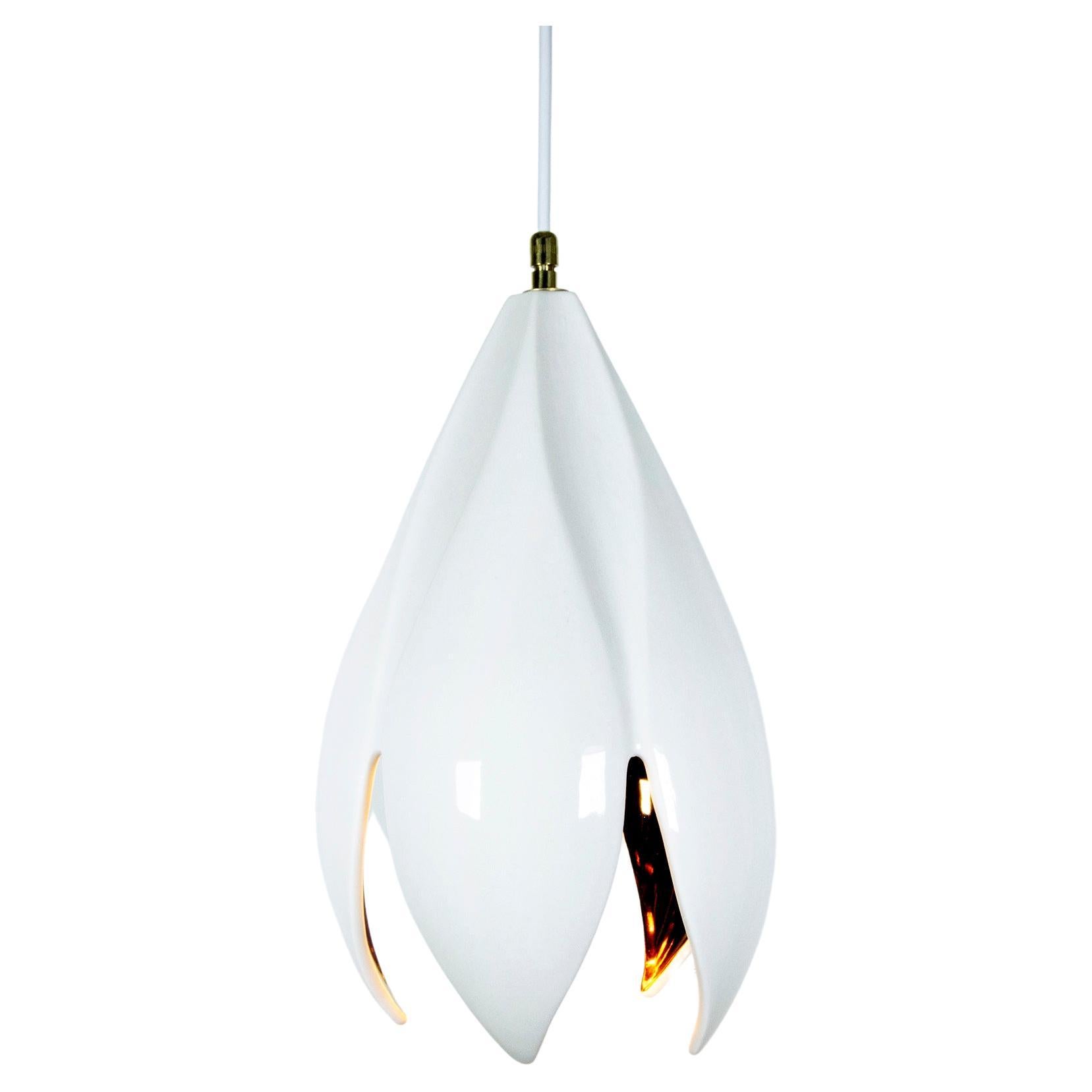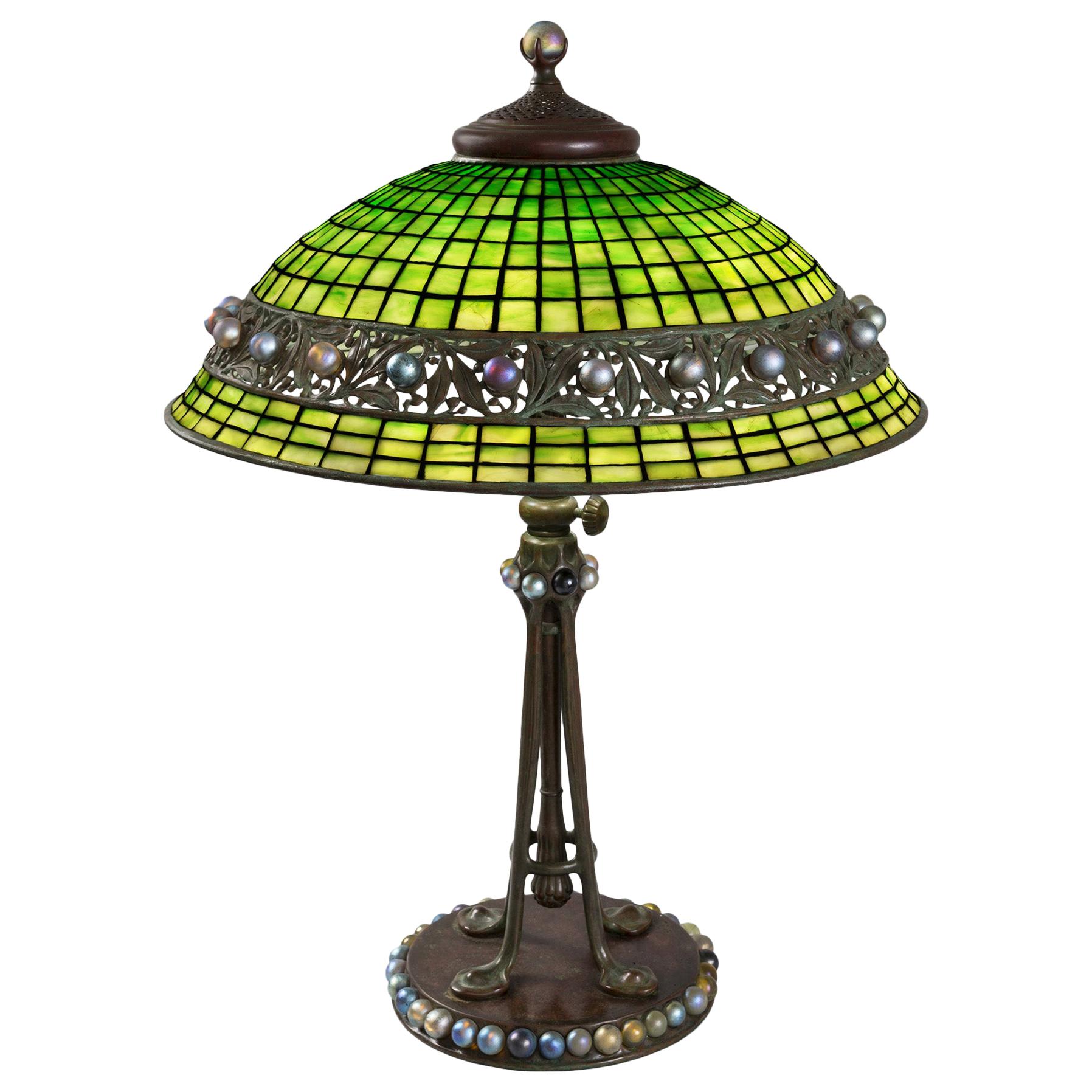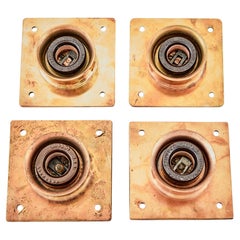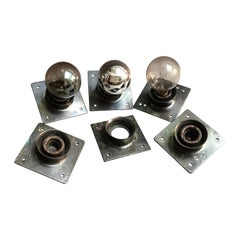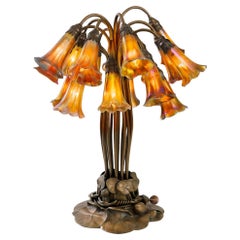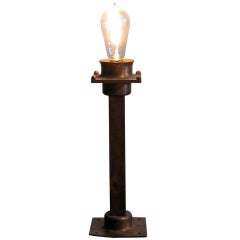
New York City Copper Subway Light
View Similar Items
1 of 5
New York City Copper Subway Light
About the Item
- Dimensions:Height: 14 in (35.56 cm)
- Materials and Techniques:
- Place of Origin:
- Period:
- Date of Manufacture:circa 1900-1920
- Condition:Wear consistent with age and use. one corner is slightly bent, but does not alter the integrity of the light.
- Seller Location:New York, NY
- Reference Number:1stDibs: LU8742782824
You May Also Like
- 1920s Four Coppered Brass New York City Subway LightsBy Russell and Stoll CoLocated in New York, NY1920s New York City copper plated brass single subway lights. Flush mounts for standard electrical junction box made by Russell & Stoll Co. Each ceramic ...Category
Vintage 1920s American Industrial Flush Mount
MaterialsBrass, Copper
- Early New York City Gunmetal Copper Subway Wall Sconce LightsLocated in Brooklyn, NYSet of 6, early 20th century, New York City subway wall sconce lights feature gunmetal copper square plates with 4 brown and 2 white porcelain sockets. The sconces are wired to accep...Category
Vintage 1920s American Industrial Wall Lights and Sconces
MaterialsCopper
- Tiffany Studios New York "Eighteen Light Lily" Table LampBy Tiffany StudiosLocated in New York, NYThis Tiffany Studios New York glass and patinated bronze "Eighteen-Light-Lily" table lamp, featuring eighteen golden iridescent Favrile glass "Lily" shades on individual bronze stems...Category
Early 20th Century American Art Nouveau Table Lamps
MaterialsBronze
Price Upon Request - NYC Copper Plated Brass Subway Headed Subway LightLocated in New York, NYOriginal 1920s copper-plated brass New York City double headed flush mount subway station light. Includes cleaning and rewiring. Made by Russell & Stoll Co., New York. Minor variatio...Category
Vintage 1920s American Industrial Flush Mount
MaterialsCopper, Brass
$680 Sale Price20% Off - Tiffany Studios New York Damascene Table LampBy Tiffany StudiosLocated in New York, NYThis delicately sized Tiffany Studios New York “Damascene” lamp is superbly colored in blood-orange and gold. Trails of blood orange glass were applied...Category
Early 20th Century American Art Nouveau Table Lamps
MaterialsBronze
Price Upon Request - Tiffany Studios New York "Peony" Table LampBy Louis Comfort Tiffany, Tiffany StudiosLocated in New York, NYTiffany’s “Peony” table lamp was a work grounded in naturalism but reaching for the divine. With a shade of resplendent blooms and a mosaic base evoking the hallowed ground of church floors, Tiffany’s peony lamp demonstrates his foundation in both Art nouveau and ecclesiastical art. To depict his multi-hued bouquet, Tiffany depicted two different cultivars, a Greek peony, and a Japanese peony. Tiffany used burgundy glass streaked with lapis to express the richness of the Greek Peony. Favored by neoclassical artists for their symmetry and simplicity, Tiffany featured the bloom in the architecture of his country estate. To represent the candy-striped Japanese peony Shima Nishiki, Tiffany used cream glass streaked with fuschia. The shade elegantly depicts different stages of growth from the bud, first bloom, peak bloom, to wilting. When peony petals wilt, their veins darken, and their form puckers. Tiffany’s glass selectors chose a stone textured glass called granite glass to express the wilting of the petals and their pronounced venation. The background and border of the shade is a golden amber, streaked with magenta and blue. The top-down perspective of the peony with a dirt background was a type of painting called “Rasenstück”, a detailed study of a piece of turf. The crux of the Rasenstück was the elevation of the humble. Popularized in the nineteenth century by the American Pre-Raphaelites, the movement believed in the idea of "truth to nature". The principle encouraged painters to capture the natural world as truthfully as possible, not romanticizing what they saw. In these nature studies, painters depicted flowers and trees in the soil from which they grew. While sublime on its own, the shade and base taken together paint a picture of Tiffany’s Japanese garden. Peonies imported from the far east bordered serene ponds. A frieze of turtleback tiles hypnotizes the viewers with its scarlet glow, evoking the red flash of a sunset, as seen through a field of cattails, rendered in bronze. Below it, the row of cat tails blends into a mosaic of red, yellow, and green glass. While Tiffany’s chief designer Clara Driscoll is most famous for her naturalistic lamp designs, the bread and butter of Tiffany Studios was its ecclesiastical department. Red, yellow, and green colorways were widely used in the depiction of Baroque angels, whose wings were modeled after birds of paradise. As hunters removed their legs upon sale, many believed they neither ate nor drank, and instead floated ethereally like angels. A lamp such as this epitomizes Tiffany’s understanding of his artistic vision in the context of the entire history of artistic expression. Since falling in love with glass at age twelve in the cathedrals of Chartres, light itself became a representation of divinity. A contemporary critic described Tiffany’s mosaics...Category
Early 20th Century American Table Lamps
MaterialsBronze, Lead
Price Upon Request
Recently Viewed
View AllMore Ways To Browse
Nautical Light Fixtures
Nautical Antique Lamp
Antique Nautical Lamps
Antique Nautical Lamp
Maitland Smith Monkey Lamps
Mendini Sidecar
Mongolfiera Vintage
Olympia Lamp
Ox Blood Table Lamp
Rat Lamp
Red Travertine Table Lamp
Square Ginger Jar
Stefan Tabery On Sale
Stiffel Egg Lamps
Stiffel Lamps Ostrich Egg
Stilnovo Table Lamp Counter
Tacchini E63 Lamp
Tacchini E63

